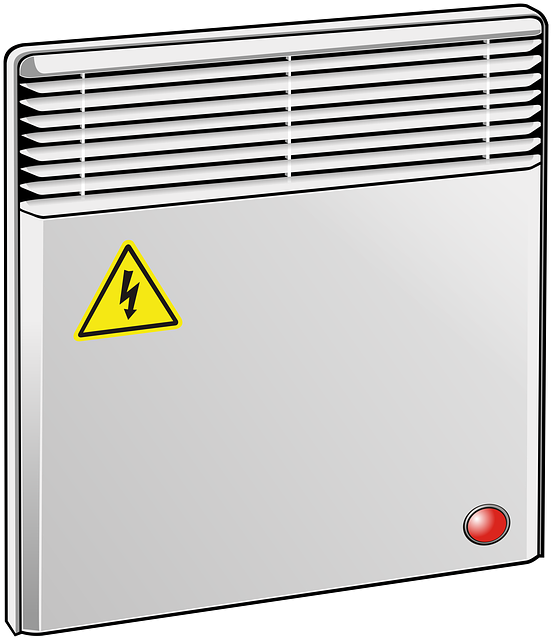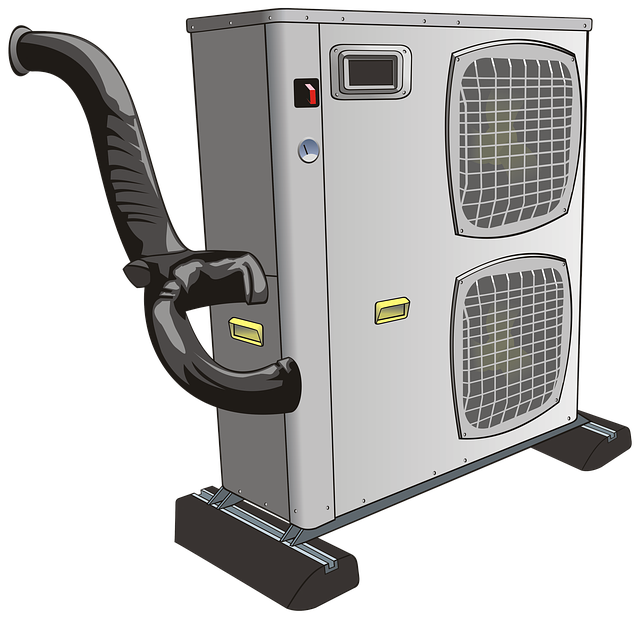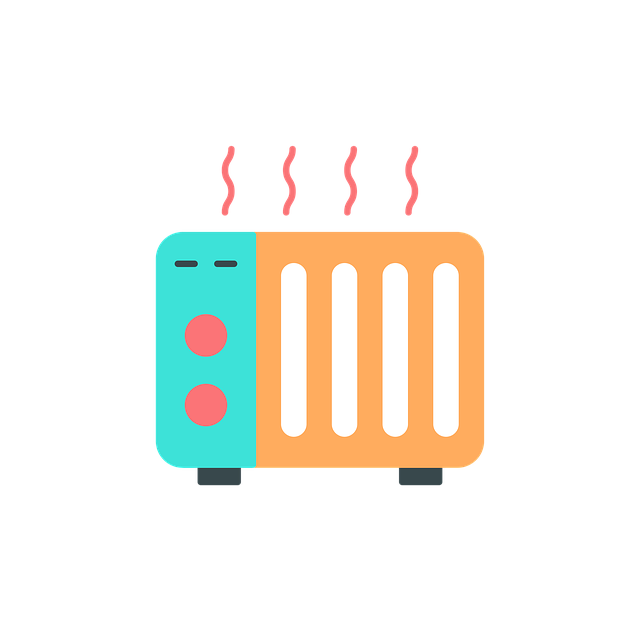What Is a Low-Temperature Heater
Summary
– How a low-temperature heater works
– How to optimize your low-temperature heater?
– Traditional, low temperature or condensing heater: what are the differences?
– Why choose a low-temperature boiler with very high energy efficiency?
– Available grants for a low-temperature heater
The low-temperature heater is a heat generator that works on the same principle as the gas or oil heater but with higher efficiency and a higher technical level. The main difference is that the temperature of the flue gases and the heating network is lower than in the traditional models. This simple evolution allows an energy saving of about 10 to 15%.
Operation of the low-temperature heater
The low-temperature heater produces heat by burning a gaseous (city gas) or liquid (fuel oil or propane) fuel. This heat is then transmitted to a heat transfer fluid (water) and sent through the heating network to heat emitters (radiators, underfloor heating, etc.).
The temperature of the combustion fumes reaches about 120°C, which allows maintaining a temperature in the heating network around 40°C. You can also use the heater to produce domestic hot water to reduce your hydro bill significantly. The required indoor temperature, known as the “setpoint temperature”, is obtained through regulation.
How to optimize your low-temperature heater?
Focus on low-temperature emitters

The low-temperature heater must be coupled with low-temperature emitters, such as underfloor heating or steel radiators, to optimize technical and energy performance. A good regulation is necessary with a room thermostat or thermostatic valves for more efficiency. You can combine both to fine-tune the settings and optimize your heating system. It is possible to add an outdoor sensor to save more energy.
What about cast iron radiators?
However, you can choose to keep your old cast iron radiators for cost reasons. Technically, this will work, but the energy gain will be lower than with a low-temperature radiator because this type of radiator works with a higher temperature (high temperature): the heater will produce more heat than necessary.
Traditional, low temperature or condensing heater: what are the differences?

The lower the water temperature in your heater system, the higher its efficiency. Below 60°C, there is a risk of condensation of the internal parts that can cause damage, such as the heating element, which can breakthrough. Combustion fumes condense if the dew point is reached (45°C for oil and 55°C for gas).
This is why different heater technologies are present on the market, each with its own specificities. The traditional heater avoids any condensation phenomenon. The low-temperature version tolerates it and the materials used are not very sensitive. The condensing heater uses the return water from the heating system to bring the temperature of the flue gases below the dew point. This allows for up to 10% additional efficiency.
Fuel consumption is reduced thanks to the much lower operating temperatures of low-temperature and condensing heaters. There is no loss of comfort in use, and the feeling remains similar.
Why choose a low-temperature boiler with very high energy efficiency
The low-temperature heater with very high energy efficiency has many advantages:
– the efficiency is 10 to 15% better than that of a traditional heater;
– heat losses are reduced thanks to a lower flue gas temperature;
– the price is affordable and lower than that of a condensing heater;
– the installation is easy and inexpensive; it does not require any modification in the case of a replacement or lining.
The international standard is causing the gradual end of all old models of heaters whose efficiency is < 92% and whose nitrogen oxide (NOx) rate is > 56 mg/kWh.
Good to know: the low-temperature heater remains the model chosen in priority in apartments or condominiums for its adaptability, without specific constraint or agreement to obtain from other occupants.


One reply on “What Is a Low-Temperature Heater”
[…] Sound off in the comments section below and tell us what you want to read next and if you want to read more about inertia heaters. […]